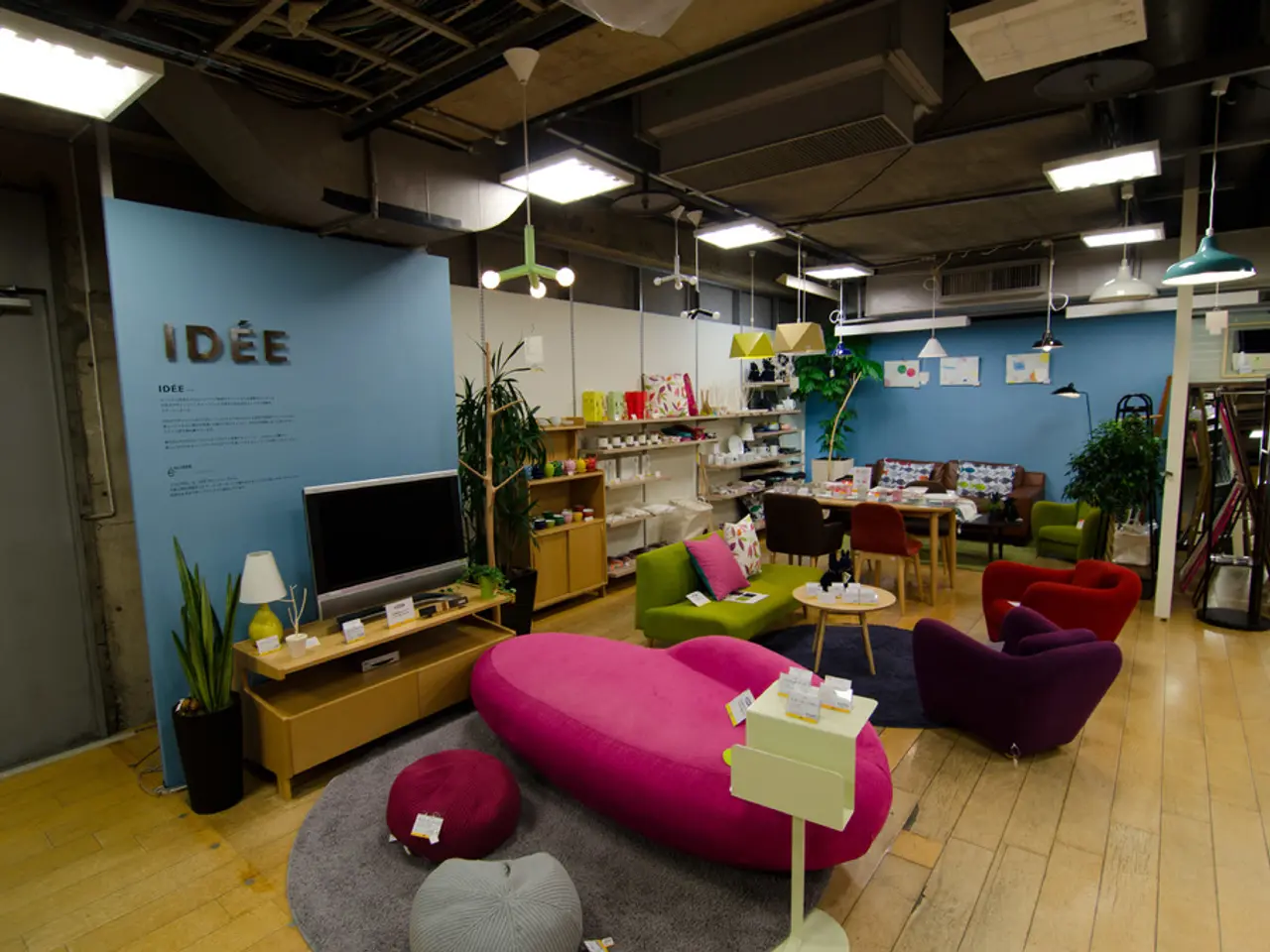Redesigning Spaces for Blended Work Environments: Focusing on Hybrid Workspaces
In the wake of the global pandemic, the landscape of work has undergone a significant transformation. The home office, once a makeshift solution, has evolved into a carefully planned workspace that prioritizes productivity, comfort, and well-being.
Companies are recognizing the importance of a healthier workforce, and many are offering stipends to help employees upgrade their home office setups. This shift towards permanent home work setups has led to the evolution of living spaces into functional work zones, equipped with clever design solutions such as fold-out desks, multipurpose furniture, and acoustic dividers.
The blended future of work, combining remote and in-office work, is being embraced. The home office is becoming an integral part of this new normal, with natural light, plants, and calming colours becoming staples in hybrid workspaces.
Technology is at the centre of this evolving home office, playing a crucial role in productivity and communication. Subscription services for office equipment are expected in the coming years, providing workers with easy access to the latest tools for their home offices.
Designers, furniture brands, and tech companies are rethinking what an office can be in the blended future. Ergotron, VertDesk, Ikea (with the Idasen desk), NewHeights, and Xdesk are among the most important manufacturers developing furniture for Home Office 2.0. These companies focus on ergonomic, adjustable, and technologically integrated office furniture designed for modern work-from-home environments.
Framery, a global pioneer in office and soundproof work pods, is also making strides in the home office market. Noise-reduction innovations are being developed to ensure a peaceful and focused work environment.
As the line between home and office fades, designers are racing to keep up. The home office is increasingly becoming a personalized space, reflecting the unique needs and preferences of each worker. Modular furniture is expected to rise in the design of home offices, allowing for flexibility and customization.
Many workers are creating "transition zones" to help separate work and personal time. The focus in home office design has shifted towards ergonomics, with adjustable chairs, standing desks, and monitor risers no longer considered luxuries but essentials for preventing back pain, eye strain, and burnout.
The home office, initially a temporary solution during the pandemic, has transitioned into a long-term lifestyle. The evolution of the home office is a testament to the adaptability of workspaces and the resilience of workers in the face of change.
Read also:
- Understanding Hemorrhagic Gastroenteritis: Key Facts
- Stopping Osteoporosis Treatment: Timeline Considerations
- Expanded Community Health Involvement by CK Birla Hospitals, Jaipur, Maintained Through Consistent Outreach Programs Across Rajasthan
- Abdominal Fat Accumulation: Causes and Strategies for Reduction








